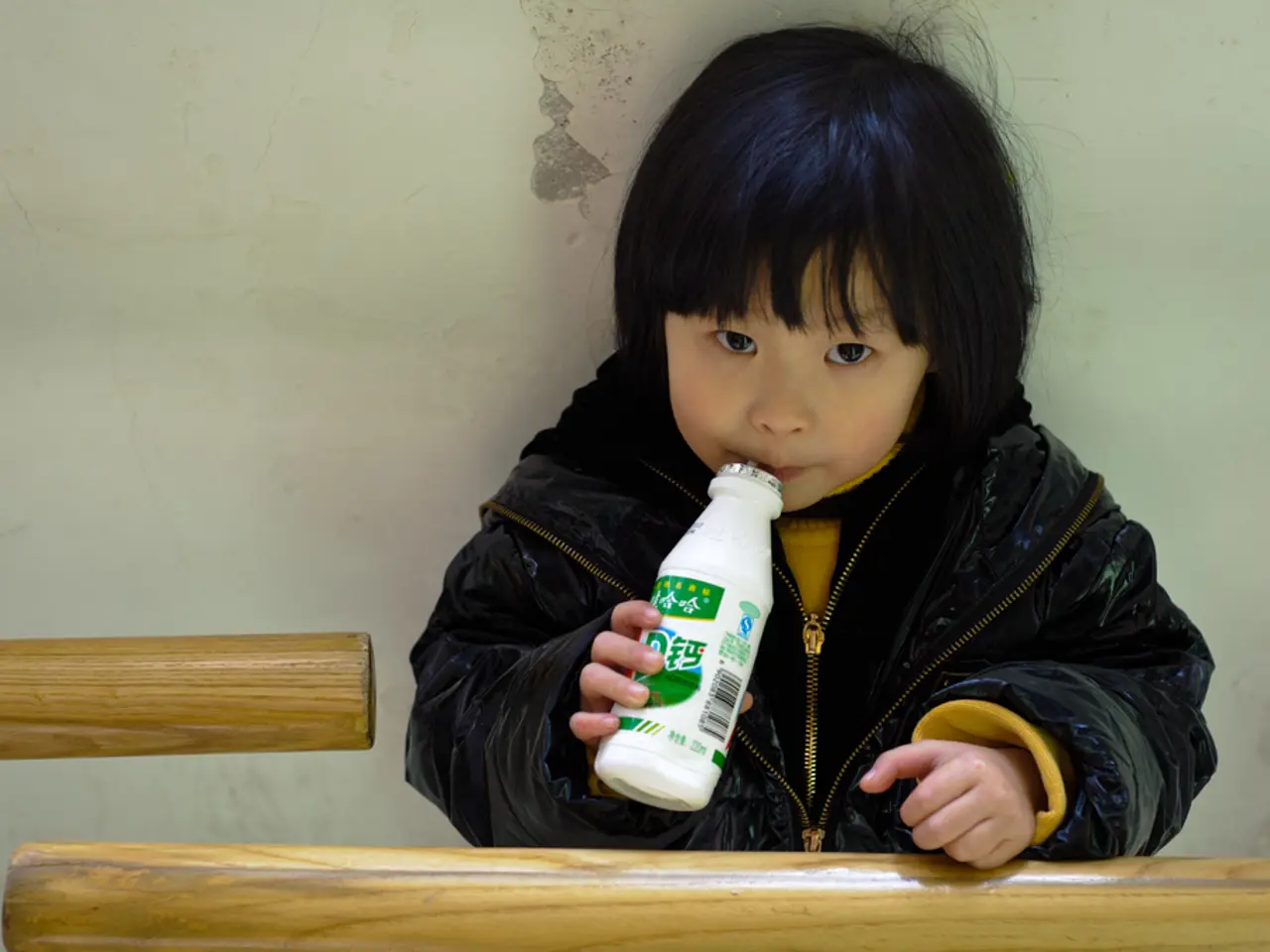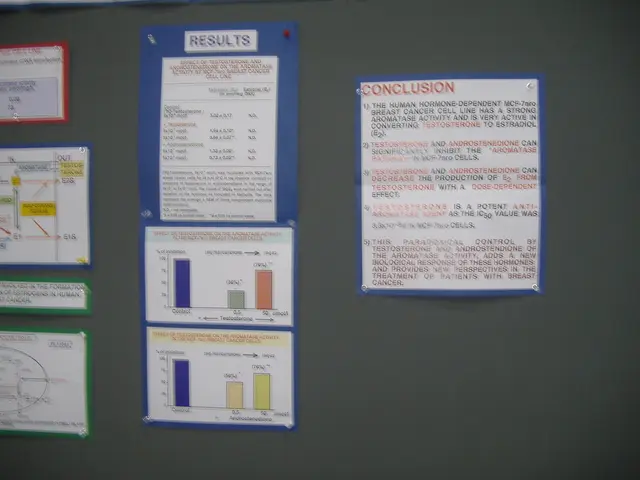NyTimes retracts assertions regarding viral photo of emaciated child in Gaza
The New York Times Updates Story on Gazan Boy Mohammed Zakaria al-Mutawaq
Last week, The New York Times published a story focusing on Gaza's most vulnerable civilians, featuring an image of a child named Mohammed Zakaria al-Mutawaq. The image, which went viral, depicted Mohammed as a symbol of starvation in the Palestinian enclave amid Israel's war against Hamas.
However, new information about Mohammed's health has come to light. The hospital that treated him provided details about his pre-existing medical conditions, which were later added to the original article in a correction. According to hospital records and medical information shared with The New York Times, Mohammed was diagnosed with cerebral palsy and hypoxemia, likely linked to a genetic disorder.
The Times has updated its story to include this new context, aiming to give readers a greater understanding of Mohammed's situation. The editor's note informs readers that Mohammed also suffers from pre-existing health problems.
Pro-Israel journalist David Collier reported that Mohammed has cerebral palsy, hypoxemia, and was born with a serious genetic disorder, citing a May 2021 medical report from Gaza. Collier's report did not, however, provide specific details about these pre-existing health problems.
In a CNN segment, Mohammed's mother mentioned that her son was "happy" and able to "sit upright." She also stated that he has a "muscle disorder" requiring specialized nutrition and physical therapy.
Interestingly, Mohammed's older brother, Joud, who was visible in the viral images, appears to be in better health. Pro-Israel group HonestReporting noted this discrepancy on July 27.
The spokesperson for The New York Times confirmed the update of their story to add context about Mohammed's pre-existing health problems. They stated that the update aims to provide a more comprehensive picture of Mohammed's situation.
This new information provides a more nuanced understanding of the viral image and the story it represents. It serves as a reminder that behind every image, there is a complex human story that deserves our empathy and understanding.
Read also:
- Trump's SNAP reductions and New York City Council's grocery delivery legislation: Problems for city residents highlighted
- Reducing dental expenses for elderlies in Sweden: Over 50% cut in charges for pensioners by the government
- Forty-year-old diet: A list of meal choices to savor
- Exiled Life's Conundrum: A Blend of Liberation, Disillusionment, and Distress







